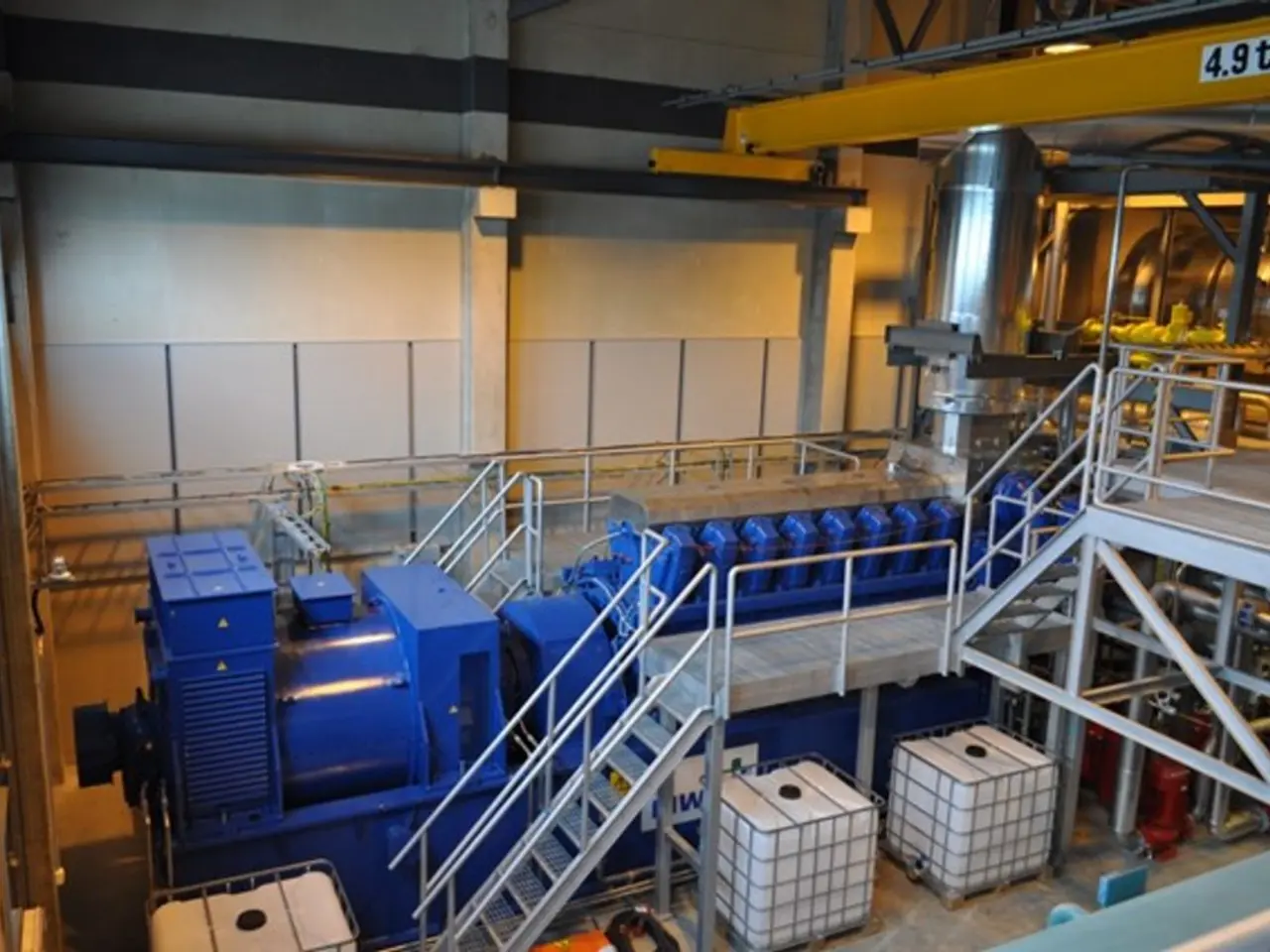A century ago, the initiation of public bus services occurred within the valley
In the heart of Germany, the city of Wuppertal has a rich history of public transport. The journey began on September 4, 1925, when the first bus line commenced service, connecting Ostersbaum to Langerfeld-Pulsöde.
Before buses took centre stage, Wuppertal was served by horse-drawn trams from 1874 to 1896, electric trams from 1890, and a suspension railway from 1901. The era of electric trams marked a significant shift, paving the way for the modern public transport system we see today.
As time passed, buses increasingly displaced the rail-bound public transport. By 1987, the last tram had run in Wuppertal, marking the end of an era.
The 1950s saw diesel buses dominate the scene, a trend that continued until the WSW started using hydrogen as a new eco-friendly propulsion energy in 2022. Today, the WSW is one of the largest operators of hydrogen buses in Germany, with 52 vehicles. A portion of the hydrogen needed for public transport is produced with electricity from the thermal waste treatment of the AWG.
The 1980s brought the introduction of push-pull articulated buses, driven on the third axle. In the 1990s, minibuses and midibuses were introduced to city districts that were not suitable for large standard buses. Manufacturers included Mercedes, Ikarus, and the Spanish vehicle manufacturer Irizar, among others.
However, the acquisition of a larger number of city buses from the Hungarian manufacturer Ikarus in the 1990s was unsuccessful, and the Hungarian buses gradually disappeared from the WSW fleet.
Wuppertal has a diverse history of bus manufacturers, with vehicles from Büssing, Mercedes-Benz, Henschel, and MAN, among others, making their mark. Models ranged from two-axle to three-axle and "snout" buses.
CityExpress lines, with their own colour concept, were introduced in the 1990s. WSW buses have presented themselves entirely in light blue since the 2010s.
A unique feature in the 1930s was the so-called bus trains on line 24 between Elberfeld and Wichlinghausen/Langerfeld, where a bus towed a two-axle trailer.
The Standard-Linienbus concept, featuring uniform dimensions, door arrangement, window size, seating, and rear engine, was introduced in the late 1960s and was adopted by major bus manufacturers.
More bus lines were added in subsequent years, with some still in operation today, such as the Wichlinghausen-Bendahl line (now line 628). City operators from neighbouring cities like Wülfrath, Dortmund, and Essen also played a role in building up bus traffic, initially connecting Wuppertal to these cities.
Until the 1950s, different propulsion systems were used, including gas, steam, and electric trolleybuses, as well as diesel and gasoline buses. Plans to electrify bus lines date back to the 1930s, but the first trolleybus line was not established until 1950. Trolleybus service ended in 1972.
By 1940, nearly 1.8 million passengers used the bus service, a number that has grown significantly over the years. Today, the WSW transports over 50 million passengers annually by bus. The city's bus transport system has come a long way since its humble beginnings in 1925, evolving to meet the needs of its growing population and embracing sustainable technologies for a greener future.
Read also:
- visionary women of WearCheck spearheading technological advancements and catalyzing transformations
- A continuous command instructing an entity to halts all actions, repeated numerous times.
- Oxidative Stress in Sperm Abnormalities: Impact of Reactive Oxygen Species (ROS) on Sperm Harm
- Genetically manipulated rabbits sprout ominous black horns on their heads








